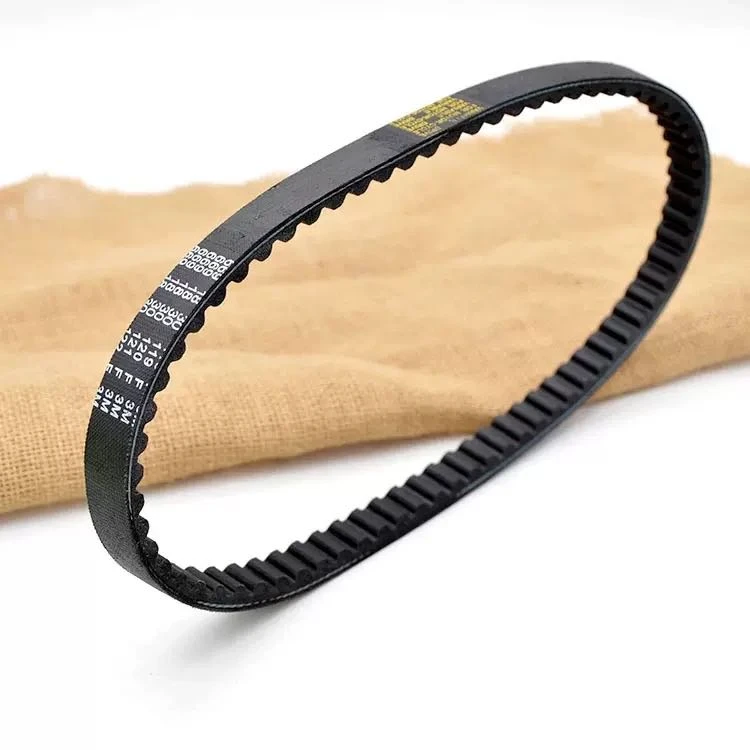- Arabic
- French
- Russian
- Spanish
- Portuguese
- Turkish
- Armenian
- English
- Albanian
- Amharic
- Azerbaijani
- Basque
- Belarusian
- Bengali
- Bosnian
- Bulgarian
- Catalan
- Cebuano
- Corsican
- Croatian
- Czech
- Danish
- Dutch
- Afrikaans
- Esperanto
- Estonian
- Finnish
- Frisian
- Galician
- Georgian
- German
- Greek
- Gujarati
- Haitian Creole
- hausa
- hawaiian
- Hebrew
- Hindi
- Miao
- Hungarian
- Icelandic
- igbo
- Indonesian
- irish
- Italian
- Japanese
- Javanese
- Kannada
- kazakh
- Khmer
- Rwandese
- Korean
- Kurdish
- Kyrgyz
- Lao
- Latin
- Latvian
- Lithuanian
- Luxembourgish
- Macedonian
- Malgashi
- Malay
- Malayalam
- Maltese
- Maori
- Marathi
- Mongolian
- Myanmar
- Nepali
- Norwegian
- Norwegian
- Occitan
- Pashto
- Persian
- Polish
- Punjabi
- Romanian
- Samoan
- Scottish Gaelic
- Serbian
- Sesotho
- Shona
- Sindhi
- Sinhala
- Slovak
- Slovenian
- Somali
- Sundanese
- Swahili
- Swedish
- Tagalog
- Tajik
- Tamil
- Tatar
- Telugu
- Thai
- Turkmen
- Ukrainian
- Urdu
- Uighur
- Uzbek
- Vietnamese
- Welsh
- Bantu
- Yiddish
- Yoruba
- Zulu
Қыр . 04, 2024 21:39 Back to list
Timing Belt - Essential Guide for Replacement and Maintenance
Understanding Timing Belts Function, Significance, and Maintenance
The timing belt is a crucial component in the engine of a vehicle, playing a vital role in the synchronized operation of the crankshaft and camshaft. This synchronous relationship is essential for the proper timing of the opening and closing of engine valves, ensuring that the engine runs smoothly and efficiently.
Function of the Timing Belt
At its core, the timing belt is a toothed belt made of rubber, reinforced with fibers for added strength and durability. It connects the crankshaft, which converts the linear motion of the pistons into rotational motion, to the camshaft, which opens and closes the engine valves. This synchronization is critical; the engine's performance relies on precise timing to optimize power output, fuel efficiency, and emission control.
Without a functional timing belt, an engine would fail to operate properly. A malfunction can lead to an array of problems, including misfiring, reduced acceleration, or even catastrophic engine failure. In some cases, a broken timing belt can cause severe damage to the engine components, as the pistons may collide with the open valves, leading to expensive repairs.
Importance of Maintenance
the timing belt

Given its vital role, regular maintenance of the timing belt is paramount. Most manufacturers recommend replacing the timing belt every 60,000 to 100,000 miles, or approximately every five to seven years, depending on the vehicle. Neglecting this replacement can result in severe consequences; the cost of a simple belt replacement is significantly less than that of repairing an engine after a timing belt failure.
In addition to periodic replacement, it’s important to visually inspect the belt for signs of wear and tear, such as fraying, cracks, or glazing. Any irregularities could indicate that it’s time for replacement. Furthermore, any associated components, such as the tensioner and water pump (if applicable), should also be inspected and replaced if necessary.
Signs of Timing Belt Issues
Understanding the symptoms of timing belt problems can help prevent serious damage. Drivers might notice unusual noises coming from the engine compartment, particularly a high-pitched squealing sound. Additionally, if the engine struggles to start or runs erratically, it could indicate timing issues related to the belt. Dashboard warning lights may also illuminate, signaling problems that need immediate attention.
In conclusion, the timing belt is an indispensable part of a vehicle’s engine responsible for maintaining proper timing between key components. Regular maintenance and timely replacement can prevent potentially expensive repairs and ensure that the vehicle runs efficiently. For car owners, being proactive about timing belt care not only preserves engine integrity but also enhances overall driving experience, making it a key component in vehicle ownership.
-
Korean Auto Parts Timing Belt 24312-37500 For Hyundai/Kia
NewsMar.07,2025
-
7PK2300 90916-T2024 RIBBED BELT POLY V BELT PK BELT
NewsMar.07,2025
-
Chinese Auto Belt Factory 310-2M-22 For BMW/Mercedes-Benz
NewsMar.07,2025
-
Chinese Auto Belt Factory 310-2M-22 For BMW/Mercedes-Benz
NewsMar.07,2025
-
90916-02660 PK Belt 6PK1680 For Toyota
NewsMar.07,2025
-
drive belt serpentine belt
NewsMar.07,2025

